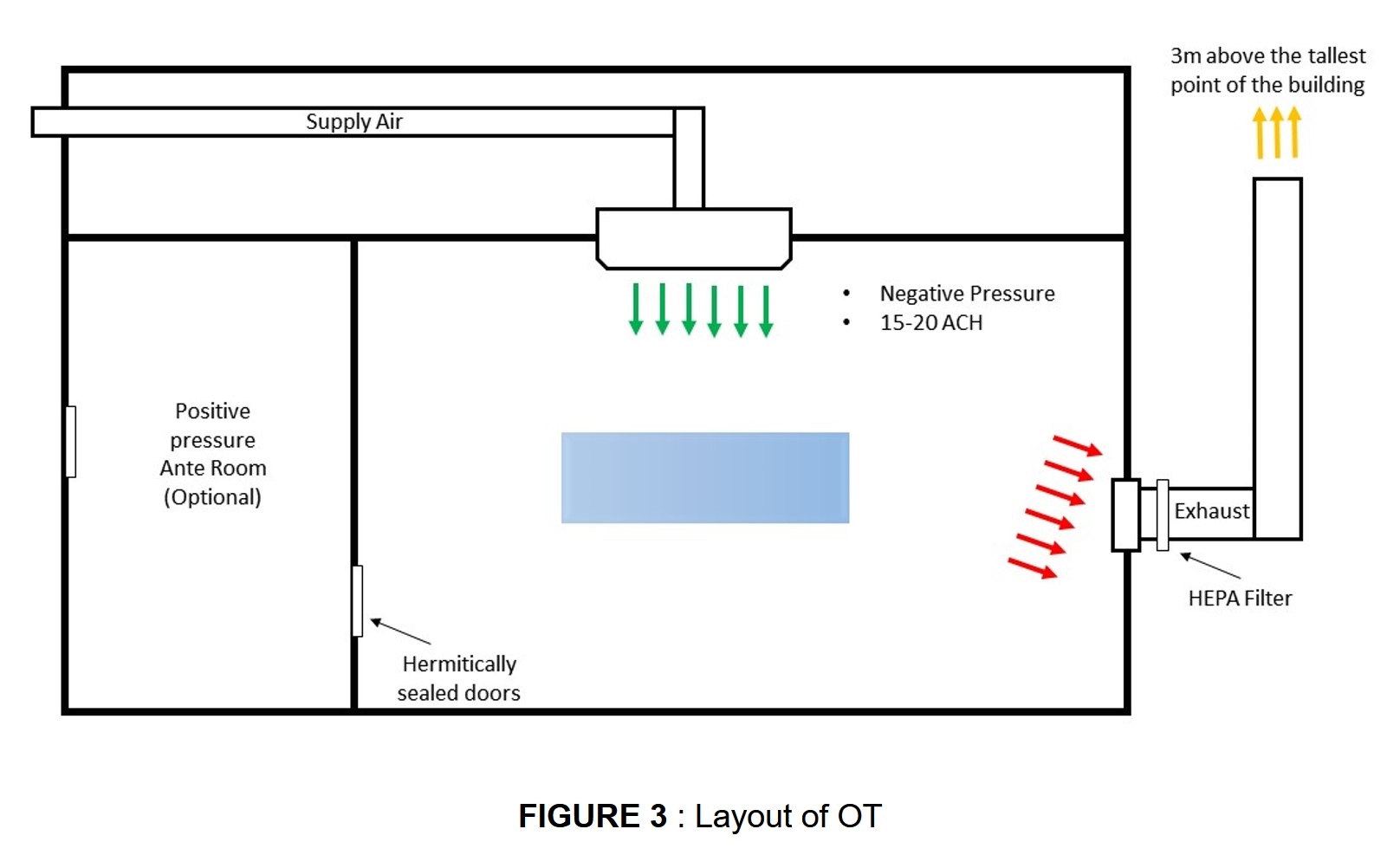Air-conditioning guidelines for healthcare facilities during the covid pandemic
Abstract
Coronavirus disease (COVID-19) is an infectious disease caused by a newly discovered Severe Acute Respiratory Syndrome Coronavirus 2 (SARS-CoV-2). The disease spreads primarily through respiratory droplets, physical contact and contact with surfaces as well as fomites. Isolation of patients in hospitals and quarantine of contacts in separate facilities are the mainstay of outbreak containment. This pandemic has brought forward various challenges to the hospital administrators, one of the most important being air-conditioning of hospitals in the time of this pandemic.
Downloads
References
NCDC, MoHFW G. COVID -19 Outbreak Guidelines for Setting up. 2020;
Principles of Epidemiology in Public Health Practice. Concepts of Disease Occurrence, Third edition: 2012: p-1-52.2012
Rao S. Designing Hospital for better Infection Control: an Experience. Med J Armed Forces India. 2004 Jan;60(1):63-6. doi: 10.1016/S0377-1237(04)80163-1.
2019 ASHRAE Handbook—HVAC Applications (SI). ASHRAE Handbook—HVAC Appl. 2019;108(10).
ASHRAE, ANSI. "ANSI/ASHRAE/ASHE Standard 170–2013, Ventilation of Health Care Facilities." American Society of Heating, Refrigerating and Air-Conditioning Engineers, Inc, Atlanta (2013).
ISHRAE. COVID-19 Guidance Document for Air Conditioning and Ventilation. 2020;
IHFG. Isolation Rooms - Guideline Section - International Health Facility Guidelines. 2017;19–28. Available from: http://healthfacilityguidelines.com/Guidelines/ViewPDF/iHFG/iHFG_part_d_isolation_rooms
WHO. Severe Acute Respiratory Infections Treatment Centre D4. 2020;(January):1–50.
World Health Organization. Guidance on regulations for the Transport of Infectious Substances the Transport of Infectious Substances. 2008;(January 2007):1–56. Available from: http://apps.who.int/iris/bitstream/10665/149288/1/WHO_HSE_GCR_2015.2_eng.pdf?ua=1&ua=1.
ECDC. Disinfection of environments in healthcare and non- healthcare settings potentially contaminated with Target audience Cleaning options for healthcare settings after the management of a suspected or confirmed case of COVID-19. Eur Cent Dis Prev Control. 2020;
MoFHW, GoI 10Apr20. COVID-19: Guidelines on disinfection of common public places including offices. 2019;2019:1–11.
Darnell ME, Subbarao K, Feinstone SM, Taylor DR. Inactivation of the coronavirus that induces severe acute respiratory syndrome, SARS-CoV. J Virol Methods. 2004 Oct;121(1):85-91. doi: 10.1016/j.jviromet.2004.06.006.
Malhotra N, Bajwa SJS, Joshi M, Mehdiratta L, Trikha A. COVID Operation Theatre- Advisory and Position Statement of Indian Society of Anaesthesiologists (ISA National). Indian J Anaesth. 2020 May;64(5):355-362. doi: 10.4103/ija.IJA_454_20. Epub 2020 May 1.

Copyright (c) 2021 Author (s). Published by Siddharth Health Research and Social Welfare Society

This work is licensed under a Creative Commons Attribution 4.0 International License.


 OAI - Open Archives Initiative
OAI - Open Archives Initiative


